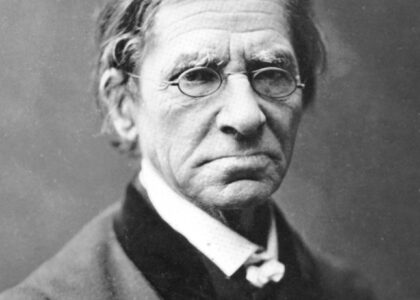Welcome to Château de Foix, a fortress that has withstood the test of time and played a pivotal role in the history of the region. Perched on a rocky outcrop at the confluence of the Ariège and Arget rivers, this impressive structure has been a silent witness to over a millennium of history.
The origins of Château de Foix date back to the 7th century when a fortification was first established on this strategic site. However, it wasn’t until the year 1002 that the castle was mentioned in a will by Roger I, Count of Carcassonne, who bequeathed it to his youngest son, Bernard. This marked the beginning of the County of Foix, with Bernard becoming its first count.
Throughout the Middle Ages, the castle was a formidable stronghold, considered virtually impregnable. It played a crucial role during the Albigensian Crusade (1209-1229), serving as a refuge for the Cathars, a Christian sect considered heretical by the Catholic Church. Notably, the castle was besieged by Simon de Montfort in 1211 and 1212, yet it remained unconquered through sheer strength and strategic diplomacy.
Over the centuries, Château de Foix was home to several notable figures, including Gaston III, known as Gaston Fébus, who ruled in the 14th century. He was a renowned military leader and a patron of the arts, celebrated for his manuscript on hunting, the ‘Livre de chasse’.
By the 15th century, as warfare evolved, the castle too adapted with the addition of its iconic round tower. This period also saw the Counts of Foix ascend to become Kings of Navarre, and eventually, Henry III of Navarre became Henry IV of France, uniting the Pyrenean territories with France.
In the centuries that followed, the castle served various roles, from a military garrison to a prison until 1864. It was spared the destruction ordered by Cardinal Richelieu in the 17th century, a testament to its enduring strategic importance.
Today, Château de Foix is a museum, offering visitors a glimpse into its storied past. The medieval rooms have been meticulously restored, allowing you to immerse yourself in the life of the Counts of Foix. Whether you’re exploring the towers or enjoying the panoramic views, the castle remains a powerful symbol of resilience and history.






